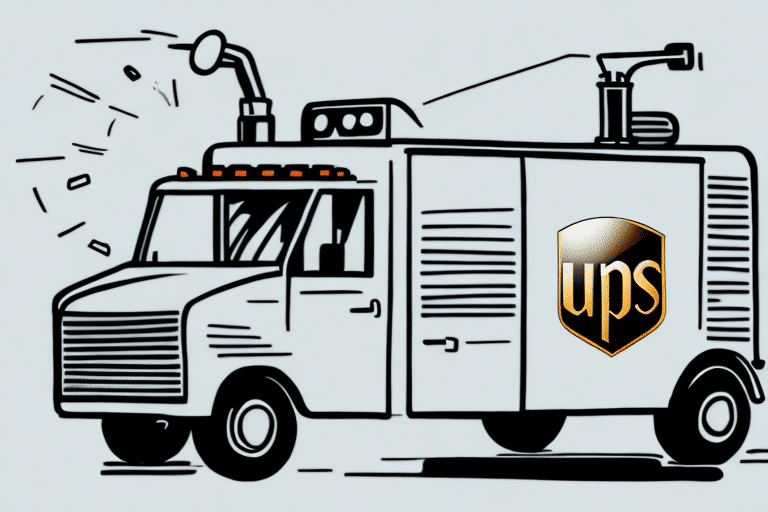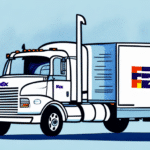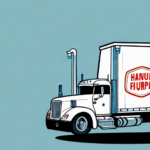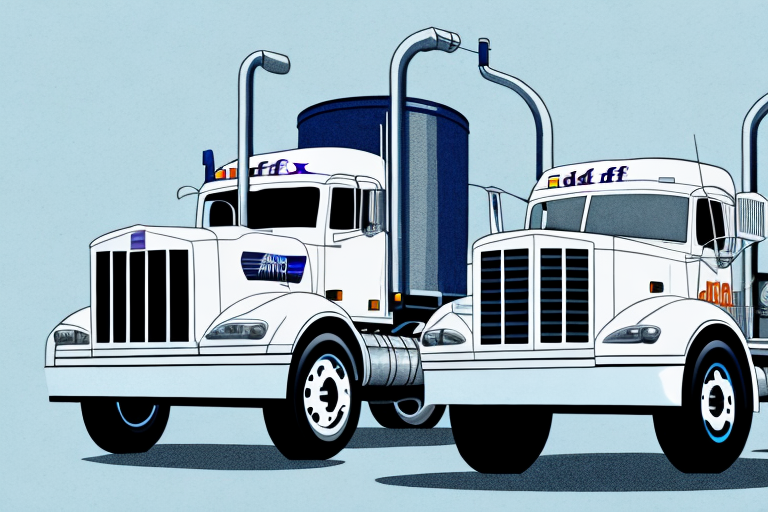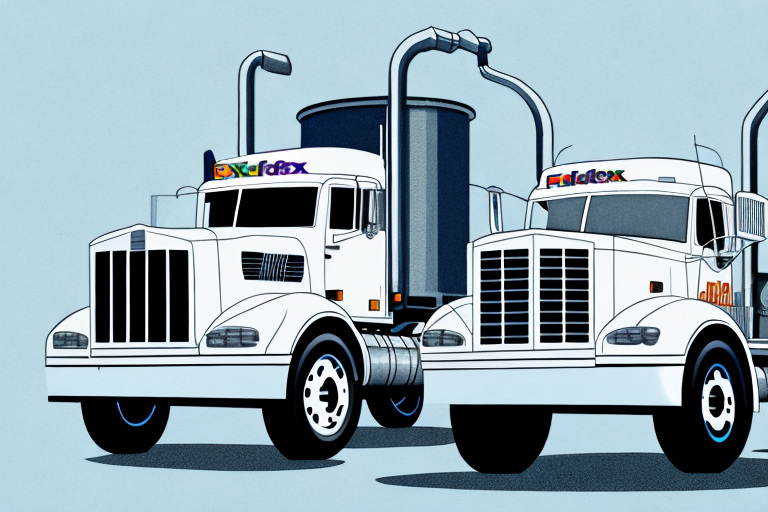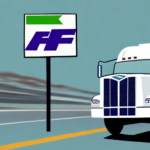Understanding the UPS Pre-Paid Fuel Fee
The UPS Pre-Paid Fuel Fee is a surcharge applied by United Parcel Service (UPS) to offset the fluctuating fuel prices that significantly impact the company's operational costs. Unlike the standard shipping rate, this fee is calculated as a percentage of the total shipping cost and can vary based on several factors. This article delves into the intricacies of the UPS Pre-Paid Fuel Fee, exploring its purpose, calculation methods, advantages and disadvantages, and strategies to manage its impact.
How the UPS Pre-Paid Fuel Fee Works
The UPS Pre-Paid Fuel Fee is determined by the current market price of fuel and is subject to change without prior notice. This fee is added to the total shipping cost and appears as a separate charge on the invoice. The calculation considers the shipment method, distance traveled, and the weight and dimensions of the package. Here's a breakdown of the key components:
- Method of Shipment: Air freight typically incurs a higher fuel fee compared to ground transportation due to greater fuel consumption.
- Distance Traveled: Longer distances result in higher fuel fees as more fuel is required for transportation.
- Package Weight and Dimensions: Heavier and larger packages consume more fuel, increasing the fee.
Additionally, other fees such as residential delivery fees or additional handling fees may be applied based on the destination and package specifics. It's crucial to review all charges on the invoice to understand the total cost of shipping.
Advantages and Disadvantages of the UPS Pre-Paid Fuel Fee
Advantages
- Cost Stability: By accounting for fuel price volatility upfront, customers receive a more predictable shipping cost, aiding in better budgeting and financial planning.
- Environmental Benefits: Encouraging the use of fuel-efficient shipping methods can lead to a reduction in carbon emissions and a smaller environmental footprint.
Disadvantages
- Increased Shipping Costs: The additional fee can raise the overall cost of shipping, which may be burdensome for small businesses and individual consumers.
- Variable Fees: Since the fee is subject to change based on fuel prices, it can complicate long-term budgeting and financial forecasting.
Calculating the UPS Pre-Paid Fuel Fee
To calculate the UPS Pre-Paid Fuel Fee, the following formula is generally used:
Fuel Fee = Total Shipping Cost x Fuel Fee Percentage
The fuel fee percentage varies based on current fuel prices and is updated periodically. For precise calculations, UPS provides online tools and resources that allow customers to estimate the fuel fee based on their specific shipping details.
It's important to differentiate the Pre-Paid Fuel Fee from other surcharges. While the Pre-Paid Fuel Fee is paid upfront, other fees like the fuel surcharge can be applied at the time of delivery, potentially leading to unexpected costs. Reviewing the shipping invoice carefully ensures that all applicable fees are accounted for accurately.
Comparing the UPS Pre-Paid Fuel Fee with Other Carriers
UPS is not the only carrier that imposes fuel-related surcharges. Other major carriers like FedEx and the United States Postal Service (USPS) also apply similar fees to manage fuel price volatility. However, the methods of calculation and the percentage rates can differ:
- FedEx: Uses a fuel surcharge that fluctuates monthly based on the national contract fuel price index.
- USPS: Implements a fuel surcharge called the Transportation Control Number (TCN), which varies with the national average price of fuel.
When selecting a shipping provider, it's advisable to compare the fuel surcharge rates and how they are calculated to determine the most cost-effective option for your specific shipping needs.
Best Practices to Reduce the Impact of the UPS Pre-Paid Fuel Fee
While the UPS Pre-Paid Fuel Fee is mandatory for all shipments, customers can adopt several strategies to minimize its impact:
Optimize Shipping Methods
- Choose Ground Shipping: Opting for ground transportation can significantly reduce the fuel fee compared to air freight.
- Consolidate Shipments: Combining multiple shipments into a single package can lower the overall fuel fee by reducing the number of trips required.
Optimize Package Specifications
- Reduce Package Weight: Lighter packages incur lower fuel fees. Utilize lightweight packaging materials where possible.
- Minimize Package Dimensions: Smaller packages often result in lower fuel fees as they are more fuel-efficient to transport.
Leverage Shipping Software
Utilizing advanced shipping software can help businesses negotiate better rates with carriers, optimize shipping routes, and manage shipping volumes effectively. Solutions like ShipBob and others offer tools to streamline these processes, though it's important to select reputable software that aligns with your business needs.
Monitor Fuel Prices
Keeping an eye on fuel price trends allows businesses to anticipate changes in the fuel fee and adjust their shipping strategies accordingly. This proactive approach can help in budgeting and reducing unexpected shipping costs.
The Future of Fuel Surcharges in Shipping
The UPS Pre-Paid Fuel Fee is expected to continue evolving in response to market trends and the increasing emphasis on sustainability in the logistics industry. As fuel prices remain volatile, fuel surcharges will likely persist as a necessary measure for carriers to maintain operational stability. However, the push towards environmentally friendly shipping practices may influence how these fees are structured and implemented:
- Increased Sustainability Initiatives: Carriers may offer more incentives for using eco-friendly shipping methods, potentially reducing fuel surcharges for such options.
- Technological Advancements: Improvements in fuel efficiency and the adoption of alternative energy sources could lead to more stable and possibly lower fuel fees in the long term.
Businesses and consumers should stay informed about these trends to optimize their shipping strategies and adapt to any changes in fuel surcharge structures.















